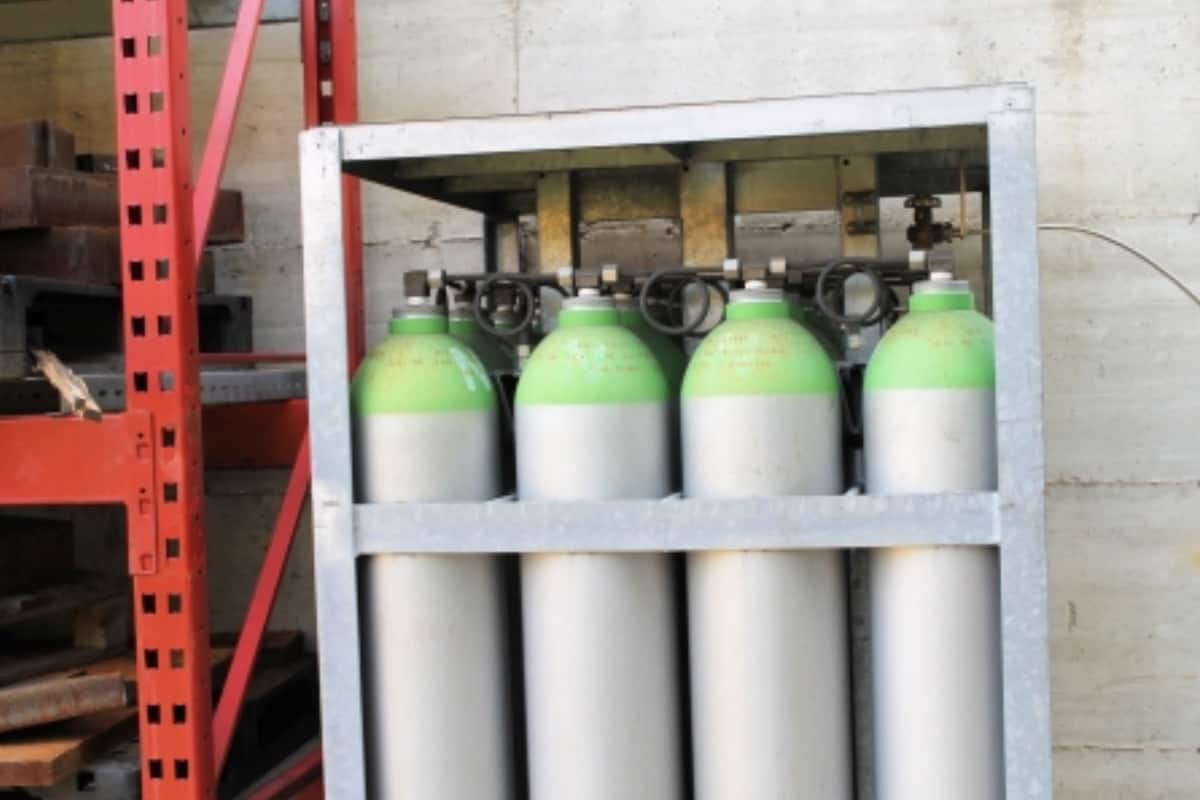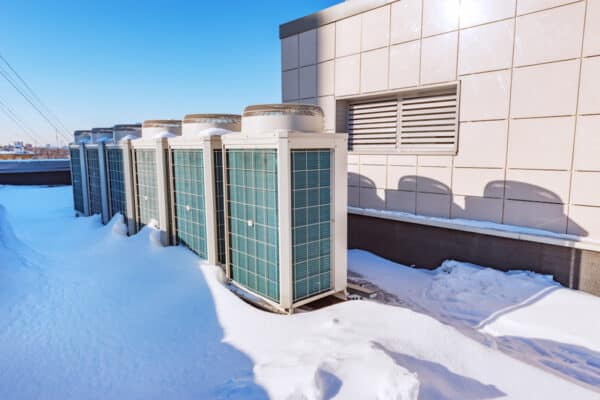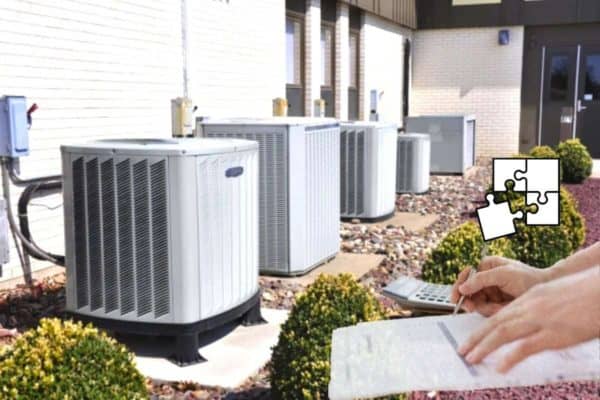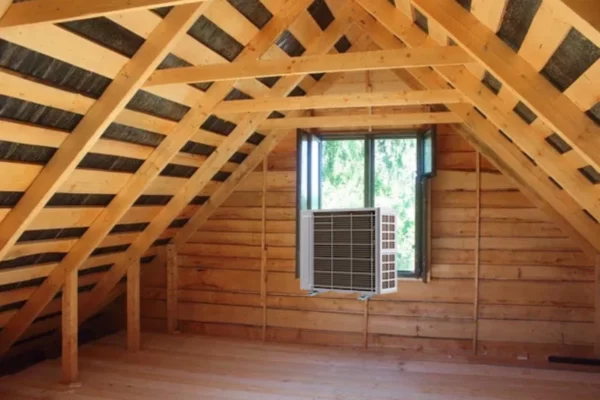Why Nitrogen is Preferred to Use for Flush & Leak Test AC?
Whenever an air conditioner is being installed, we always see the technician bring along a cylinder of Nitrogen gas. So, why is Nitrogen used in air conditioning?
Nitrogen is used in air conditioning to purge oxygen out of the copper tube to prevent the formation of scales on the inner surface of the copper tube due to oxidation that can cause damage to the air conditioner during operation.
Other than that, Nitrogen is also used for the pressure test of the copper tube of the air conditioning system because it is less prone to thermal expansion and contraction.
What is Nitrogen?
Nitrogen is an element found in the atmospheric air. Our atmospheric air contains 78% of nitrogen, 21% of oxygen and 1% of other gases. Nitrogen is colorless, odorless and tasteless. Nitrogen has a boiling point of -320.431℉ (-195.795℃) and thus, it is naturally in gas form.
Since Nitrogen is widely available, it is cheap to produce. Nitrogen is separated from the air we breathe by a Nitrogen generator. Then, it is compressed to about 2000 psi and store in a cylinder for later use. Nitrogen is a non-flammable gas and therefore, it’s safe to use for the installation of air conditioners.
How Nitrogen is Used in Air Conditioning?
Nitrogen is used to purge the copper tube during brazing. It is also used for the copper pipe pressure test. While other gases may have similar characteristics as Nitrogen, they can’t beat Nitrogen when used in air conditioning.
1. Purge the Copper Tube while Brazing
When you braze a copper tube, the copper will react with the surrounding oxygen which forms copper oxide scales on the surface of the copper tube. On the outer surface of the copper tube, scales do nothing other than making the copper tube look ugly. But, if scales are on the inner surface of the copper tube, it’s a different story.
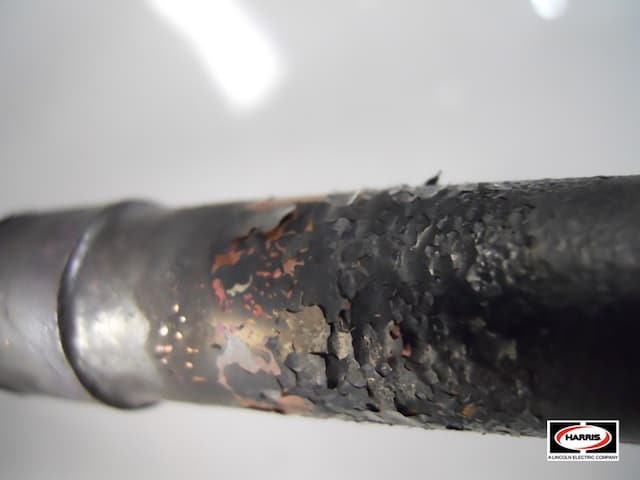
Scales formed on the inner surface of the copper tube will gradually break off when “scrubbed” by the refrigerant flowing inside the copper tube when the air conditioner is operating. They will join the refrigerant and travel to the compressor and expansion valve. After a while, with enough scales, the compressor can fail and the expansion valve can jam.
Most air conditioning systems fail because of the formation of scales that slowly causing damages. This kind of problem is difficult to tell at first because we can’t see anything that is happening inside the copper tube.
Hence, we need to prevent the inner surface of the copper tube from contacting with oxygen so that we prevent oxidation from happening. Therefore, a proper copper tube brazing procedure requires a continuous flow of Nitrogen inside the copper tube.
2. Pressure Test the Copper Tube
Every gas expands when heated and cooled, so does Nitrogen gas. However, the air we breathe expands more than Nitrogen gas because it contains moisture.
For a proper refrigerant pipe installation, it is a must to conduct a pressure test for the copper tube to detect any leaks.
To conduct a pressure test, we fill the entire refrigerant pipes with Nitrogen gas at between 300-500 psi depending on what type of air conditioning system. Then, we leave it for 24 hours and come back to check if the pressure reading drops. So, we know if there is a leak or not.
If we use the ambient air instead of Nitrogen gas to do the pressure test, the changes in the temperature around the copper tube will affect the pressure reading. Thus, we are not sure if there is a leak or it is just colder.
Furthermore, the longer the copper tube, the greater the impact on the pressure reading. Hence, when we conduct pressure tests for large VRF air conditioning systems, we even try to fix the time to do the pressure test with Nitrogen gas to minimize the impact of the surrounding temperature on the pressure reading.
3. Flush Contamination Out of the Copper Tube
Similar to purging the copper tube, we use Nitrogen to “push” out any contamination inside the copper tube. Again, we don’t use the ambient air because it contains moisture.
Moisture is a killer for the air conditioner. Water is not compressible and thus, a compressor cannot work with water. Hence, we try to eliminate any chances that water vapor can go inside the copper tube which will reduce the performance of the air conditioner.
In worse-case scenarios, the compressor needs to be replaced. That’s why we vacuum the refrigerant pipe because it removes the air as well as the moisture.
Is Nitrogen Used as a Refrigerant in Air Conditioning?
Most air conditioners use an R410A refrigerant. Older air conditioners use an R22 refrigerant but they are phasing out under the Montreal Protocol. Newer air conditioners are adapting to use the R32 refrigerant as it is less harmful to the environment.
However, Nitrogen is never heard to be used as a refrigerant of air conditioners. Perhaps, some special applications may have dealt with liquid Nitrogen.
Does Nitrogen Absorb Moisture?
Nitrogen certainly does not absorb moisture. The misunderstanding of Nitrogen can absorb moisture may be caused by the lack of a deep explanation of how Nitrogen works when used in the air conditioning system.
So, to clarify, Nitrogen does not absorb moisture but flushes the air (with moisture) out of the copper tube.
What Happen If We Breathe Nitrogen?
Nitrogen is harmless to humans and it is not toxic. In fact, the air you and me breathing now contains 78% of Nitrogen. However, breathing pure Nitrogen is deadly. Pure Nitrogen will replace the oxygen in our lungs and render us unconscious within one or two breaths. So, don’t breathe directly from the Nitrogen cylinder tank.
If you have anything to add (or ask) about this topic, leave a comment down below!


